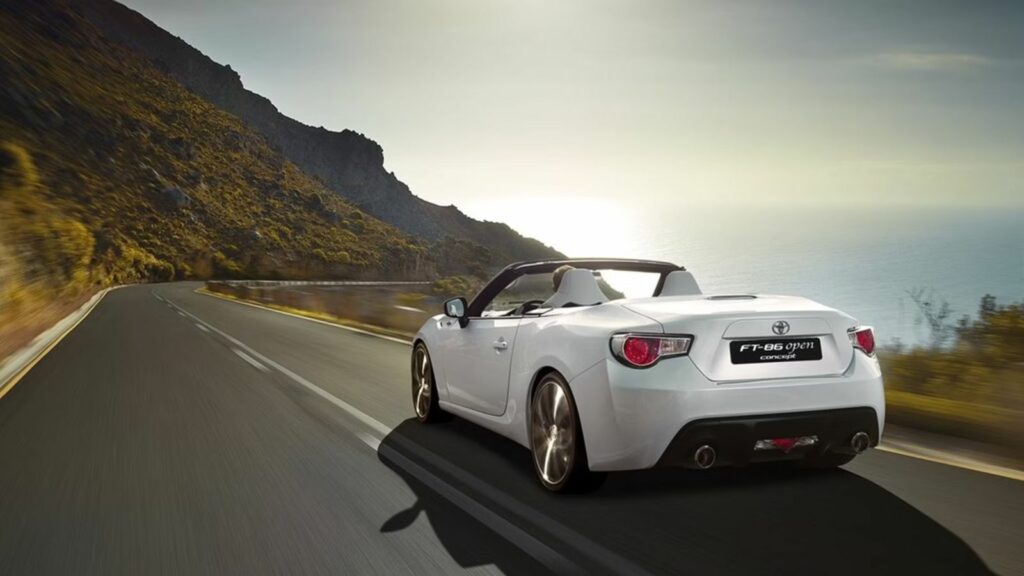Concept cars are the automotive industry’s crystal ball, offering a glimpse into the future. These vehicles are often dazzling, packed with groundbreaking tech, and full of design choices that make us feel like we’re living in a sci-fi movie. However, as cutting-edge as they seem, many concept cars end up in the graveyard of “what could have been.” These forgotten four-wheelers have faded into obscurity, Whether due to budget cuts, impracticality, or simply being too ahead of their time. Here are 13 such cars.
GM Firebird I, II, and III (1953–1959)
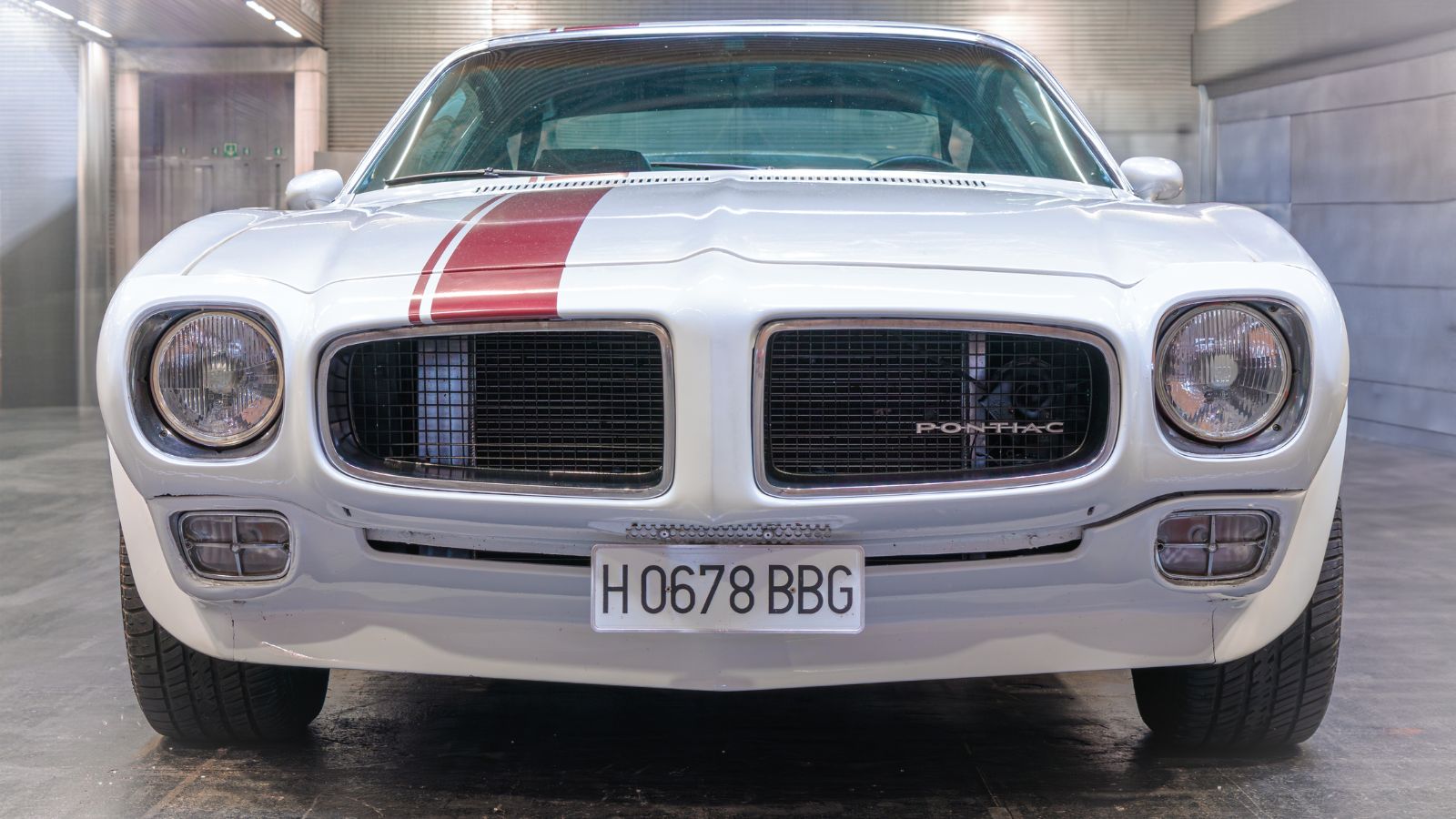
The GM Firebird series was a trio of experimental cars that looked like something straight out of “The Jetsons.” These vehicles boasted turbine engines (you read that right) and a sleek design. The Firebird I, released in 1953, was essentially a street-legal fighter jet, while the Firebird II introduced tech that wouldn’t be standard for decades, like a titanium body and autonomous driving capability. Firebird III, the final iteration, had joystick steering. Yes, you could drive it like you were playing a video game. So where are they now? Largely retired, these jet-powered marvels can be found at car shows and in the occasional museum.
Ford Nucleon (1958)
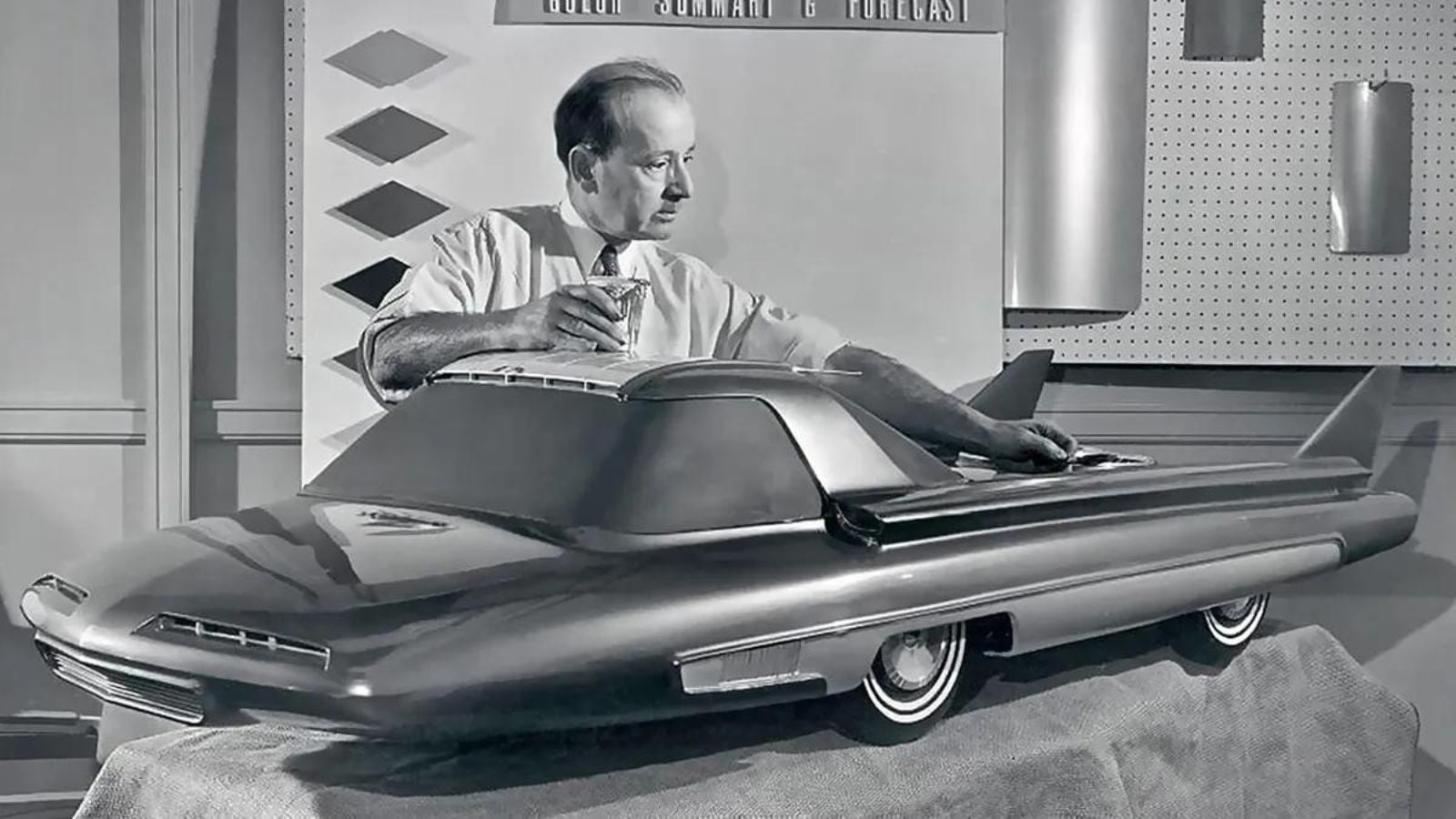
In the 1950s, everyone thought nuclear power was the solution to everything. So naturally, someone at Ford decided, “Why not make a nuclear-powered car?” Enter the Ford Nucleon, a car concept powered by—you guessed it—nuclear fission. The idea was that drivers would stop by a reactor to swap out their depleted power cells, much like today’s EV owners charging their cars. However, there was one tiny issue: People realized driving around with a nuclear reactor in the trunk might not be the best idea. Spoiler alert: It never made it to production.
Chrysler Turbine Car (1963)
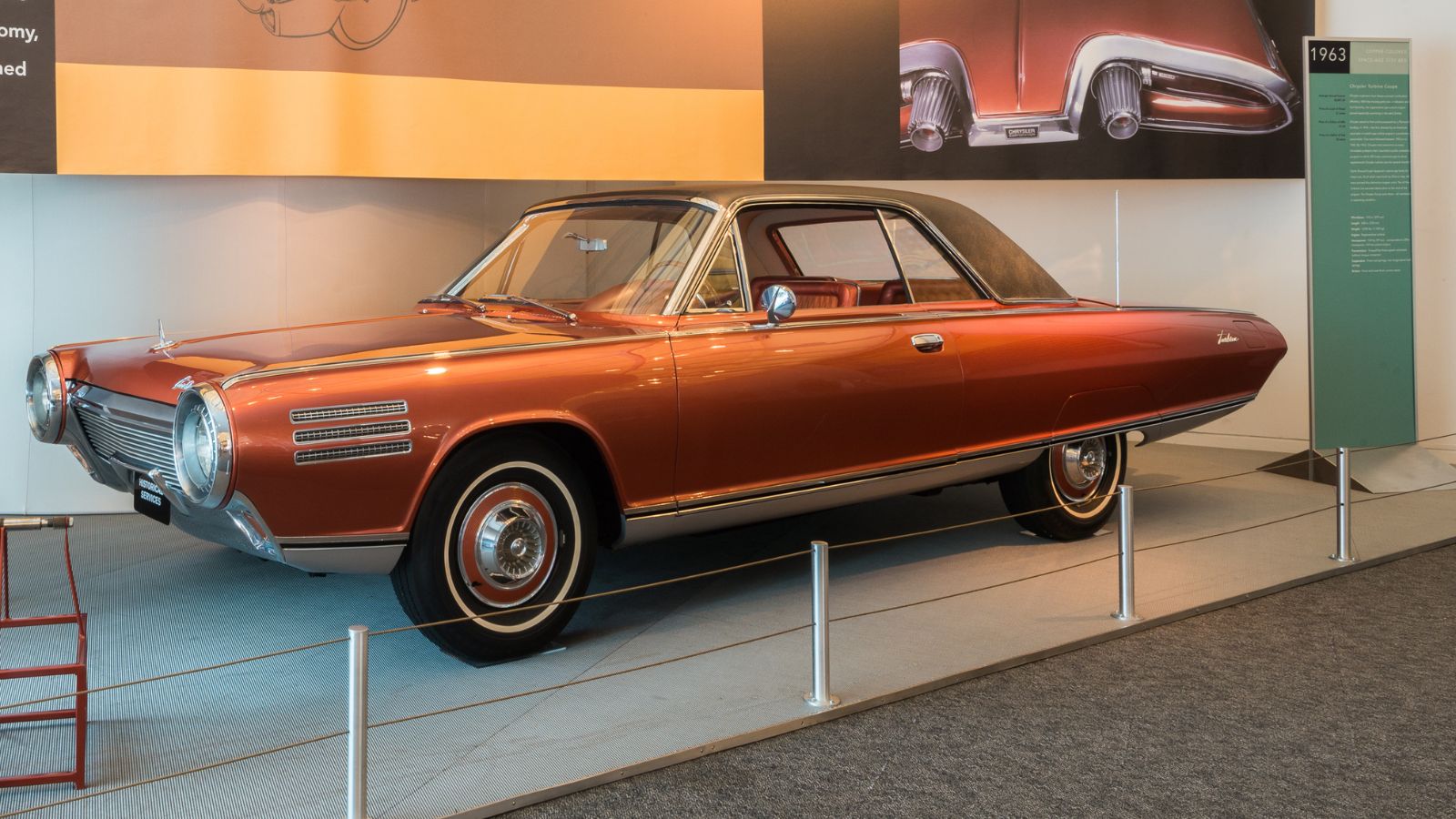
In the early ’60s, Chrysler thought it could power your daily commute with the same helicopter engines. The Chrysler Turbine Car was designed to run on a gas turbine engine, which could burn anything from kerosene to tequila (though that would’ve been a waste of perfectly good spirits). Only 55 of these cars were produced, and they performed better than you might expect. However, the concept was too ambitious for its time, and between the cost and lack of practical fuel options, it quietly fizzled out. Most were scrapped, but a handful remain in museums — one even resides in Jay Leno’s garage.
Buick Y-Job (1938)
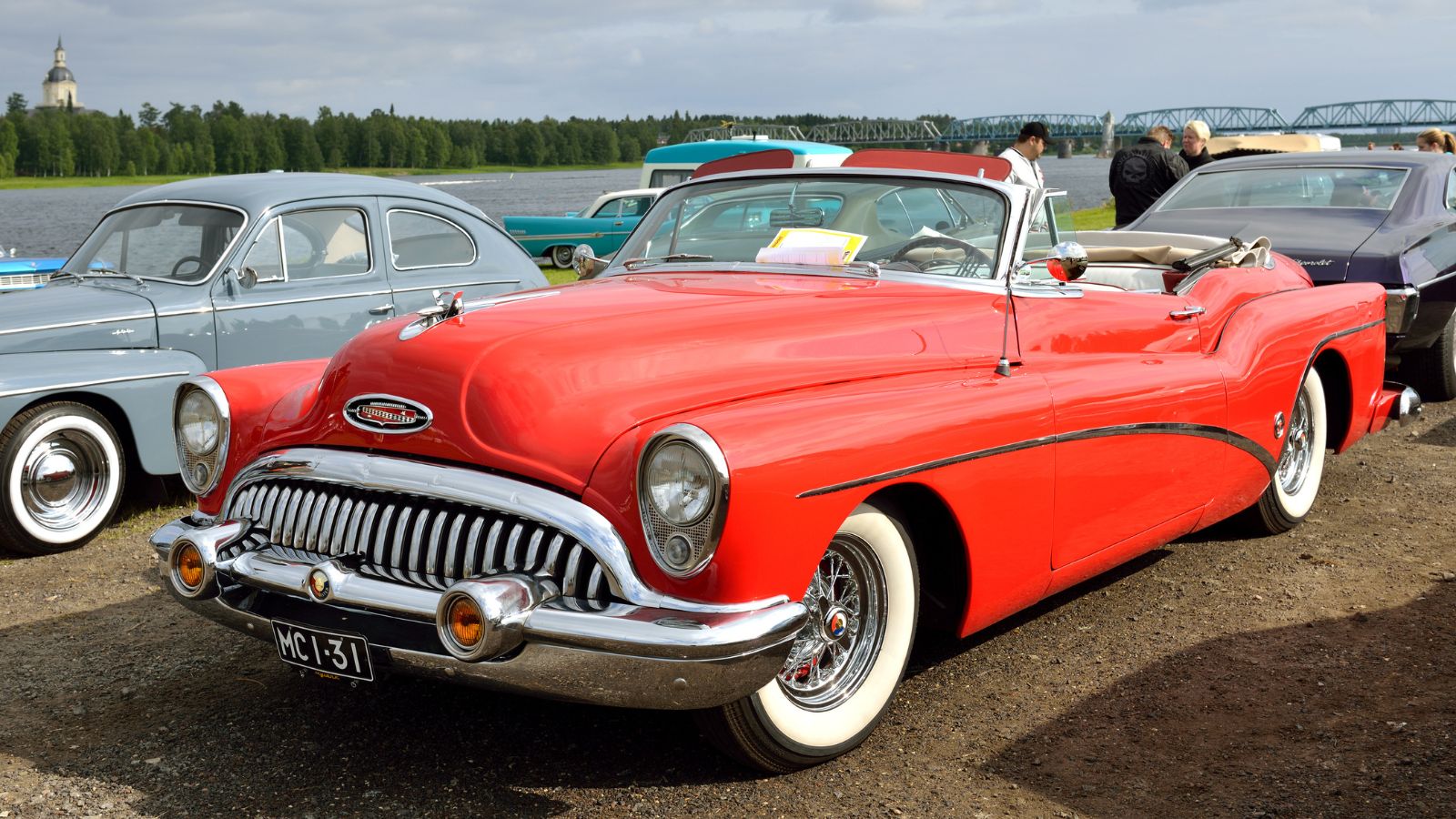
Let’s take it way back to 1938 when Harley Earl, GM’s design genius, gave birth to what is widely considered the world’s first concept car: The Buick Y-Job. With its low-slung, streamlined body and power-operated convertible top, the Y-Job was all about luxury and forward-thinking design. While the Y-Job never made it to production, it inspired the future of automotive design for decades. This sleek beauty now resides in GM’s Heritage Collection and is often brought out to remind us that even in the ’30s, the future looked pretty sleek.
Renault Eolab (2014)
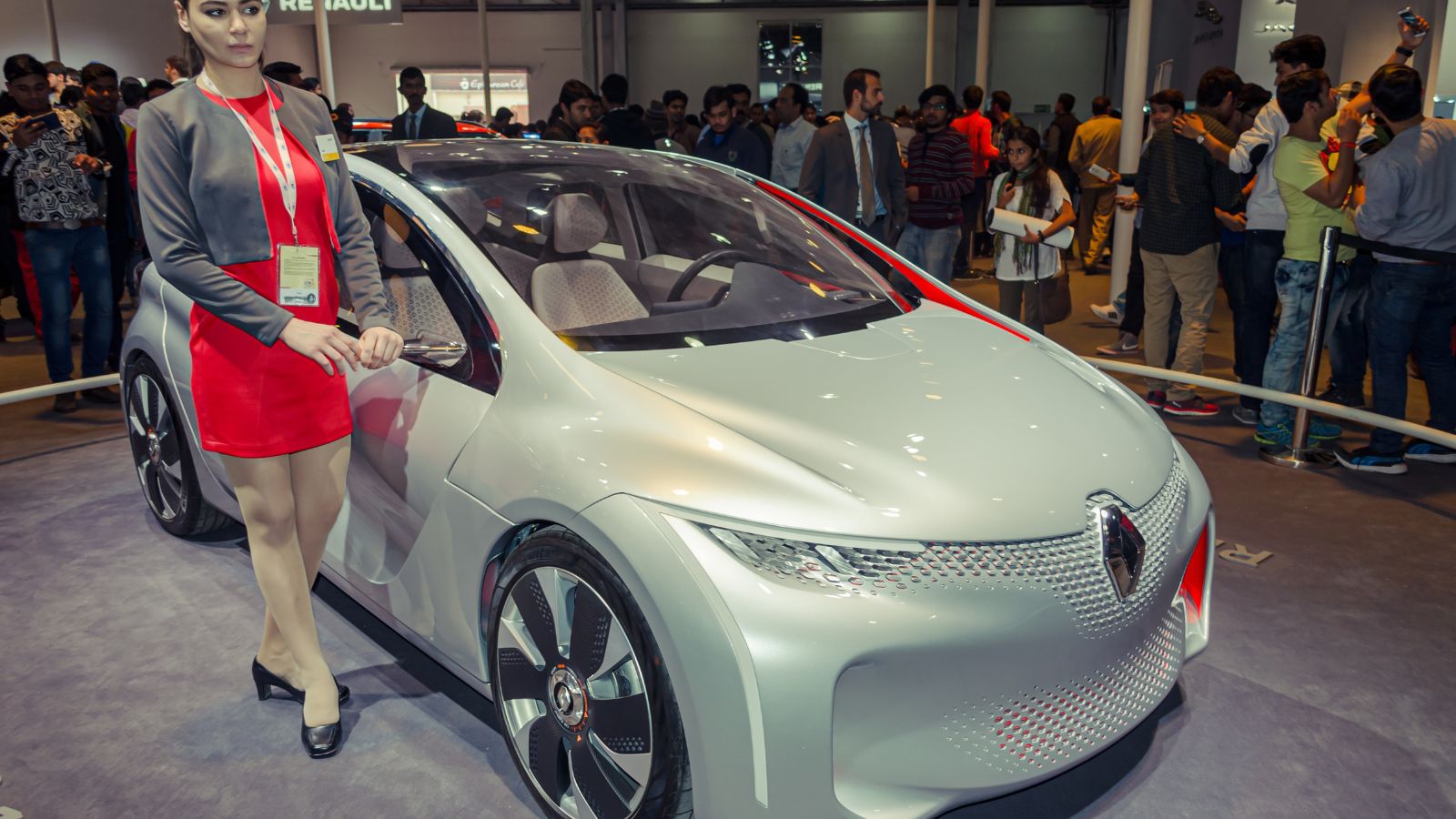
The Renault Eolab was designed to maximize fuel efficiency. How efficient? Try 235 miles per gallon! This little French wonder was powered by a plug-in hybrid system wrapped in a body made from lightweight materials, including magnesium and aluminum. It was the kind of car that made Prius owners look like they were driving gas-guzzling muscle cars. Unfortunately, as with many futuristic concepts, it never went into production. Renault probably shelved the idea after realizing it might cannibalize their sales. So, for now, the Eolab sits in obscurity, a tantalizing glimpse at the fuel economy we could’ve had.
Lancia Stratos Zero (1970)
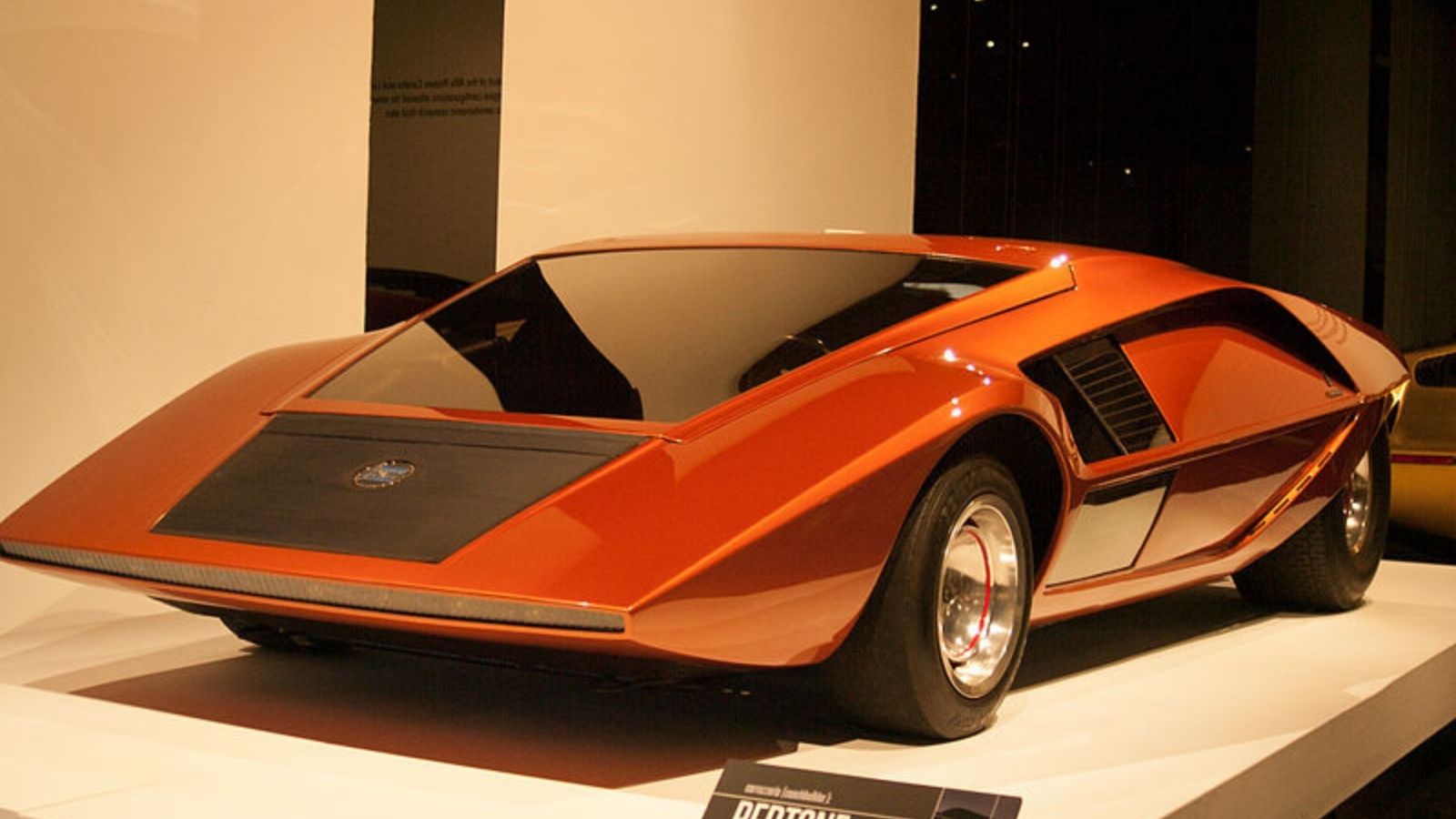
The Lancia Stratos Zero looks less like a car and more like a futuristic doorstop. Its wedge-shaped body, ultra-low profile, and gullwing doors made it seem like it had just driven off a sci-fi movie set. Despite its stunning looks, the Stratos Zero was never meant for production. However, it inspired the iconic Lancia Stratos HF, a rally car that won championships in the ’70s. While the Zero remains a one-off, you can still admire it at the Bertone Museum in Italy. It’s not fast, but it’s fabulous.
Cadillac Cyclone (1959)
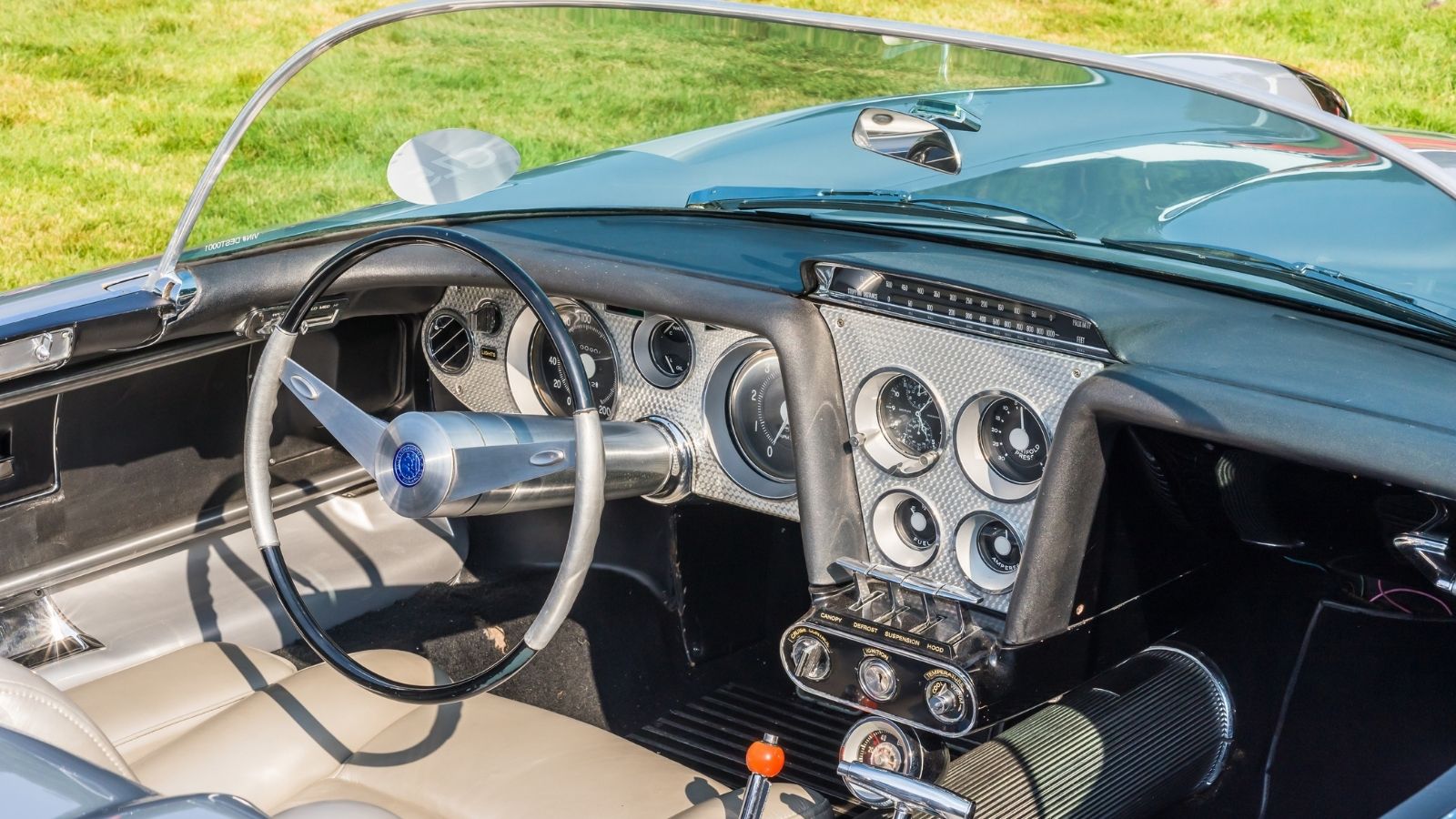
In the late ’50s, GM thought every car should have tailfins and rocket pods, and the Cadillac Cyclone was no exception. Sporting bubble canopies and radar-operated collision avoidance systems, the Cyclone looked like it could take off for Mars at any moment. Unfortunately, it didn’t go much further than the concept phase, but the technology it showcased wasn’t entirely lost. The radar-based crash avoidance system was a precursor to modern-day adaptive cruise control. The Cyclone now rests comfortably in GM’s Heritage Collection, awaiting a day when we all drive around in bubble-topped spaceships.
BMW GINA (2008)
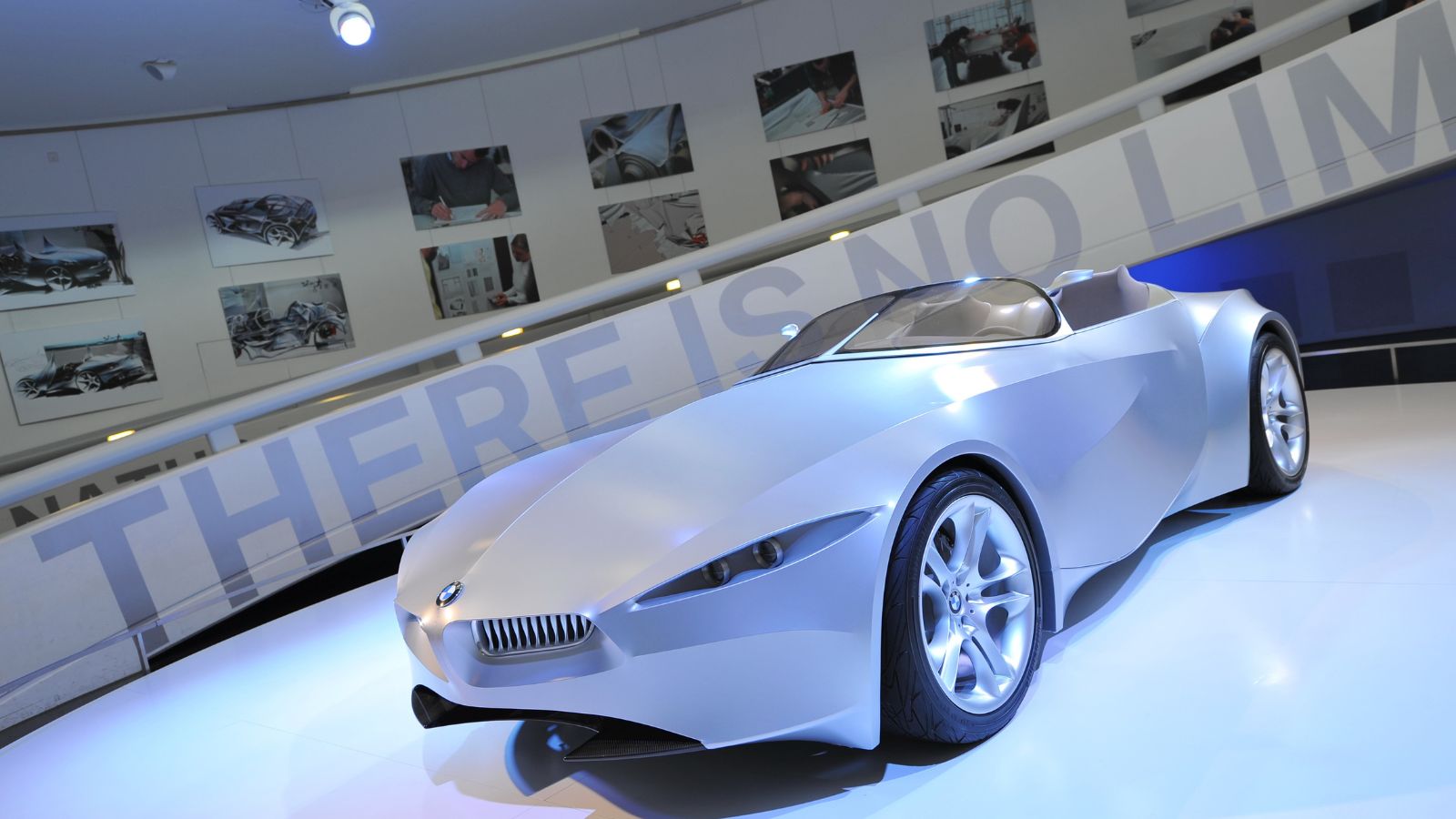
No, the BMW GINA wasn’t the brand’s experiment in making cars gender-specific. It stood for “Geometry and functions in ‘N’ Adaptations,” meaning the car had a shape-shifting skin. Yep, you read that right. The GINA’s body was made of a flexible fabric stretched over a movable frame, allowing the car to change its shape at the press of a button. Want a more aerodynamic form for better performance? No problem. The GINA could adapt. While it sounds incredibly cool, fabric cars haven’t caught on yet, and GINA remains a high-tech oddity stored in BMW’s archives.
Pontiac Banshee (1964)
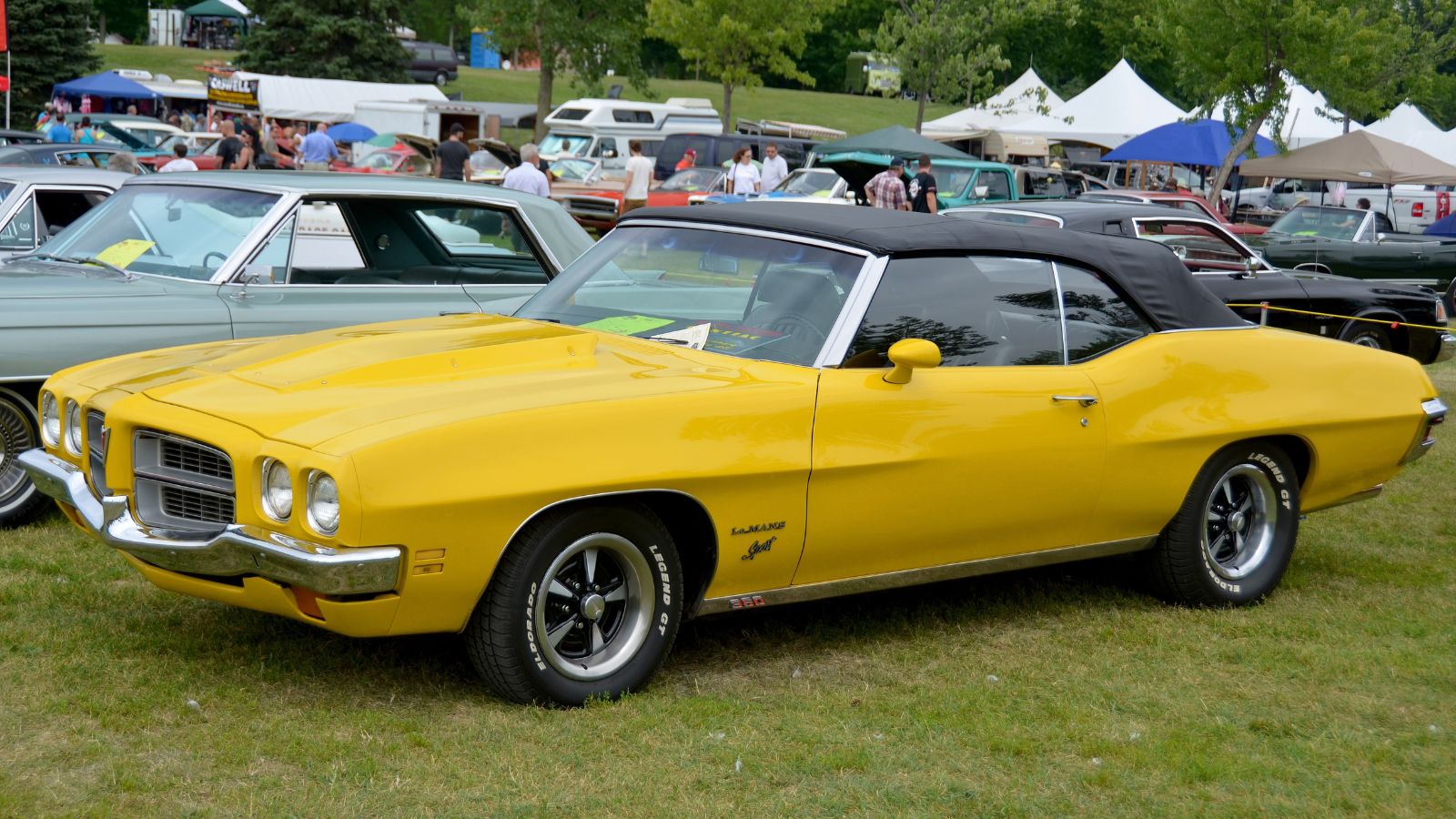
Pontiac once had aspirations beyond being the purveyor of muscle cars like the GTO. The Banshee was meant to be a Corvette killer, with its sleek, lightweight body and futuristic design. Sadly, internal competition within GM caused the Banshee to be benched, as it posed too much of a threat to the Corvette. Only two prototypes were made, but its influence can still be seen in later Pontiac models like the Firebird. One of the Banshee prototypes is currently housed at the Saratoga Automobile Museum in New York, a shrine to what could’ve been.
Nissan Pivo 2 (2007)
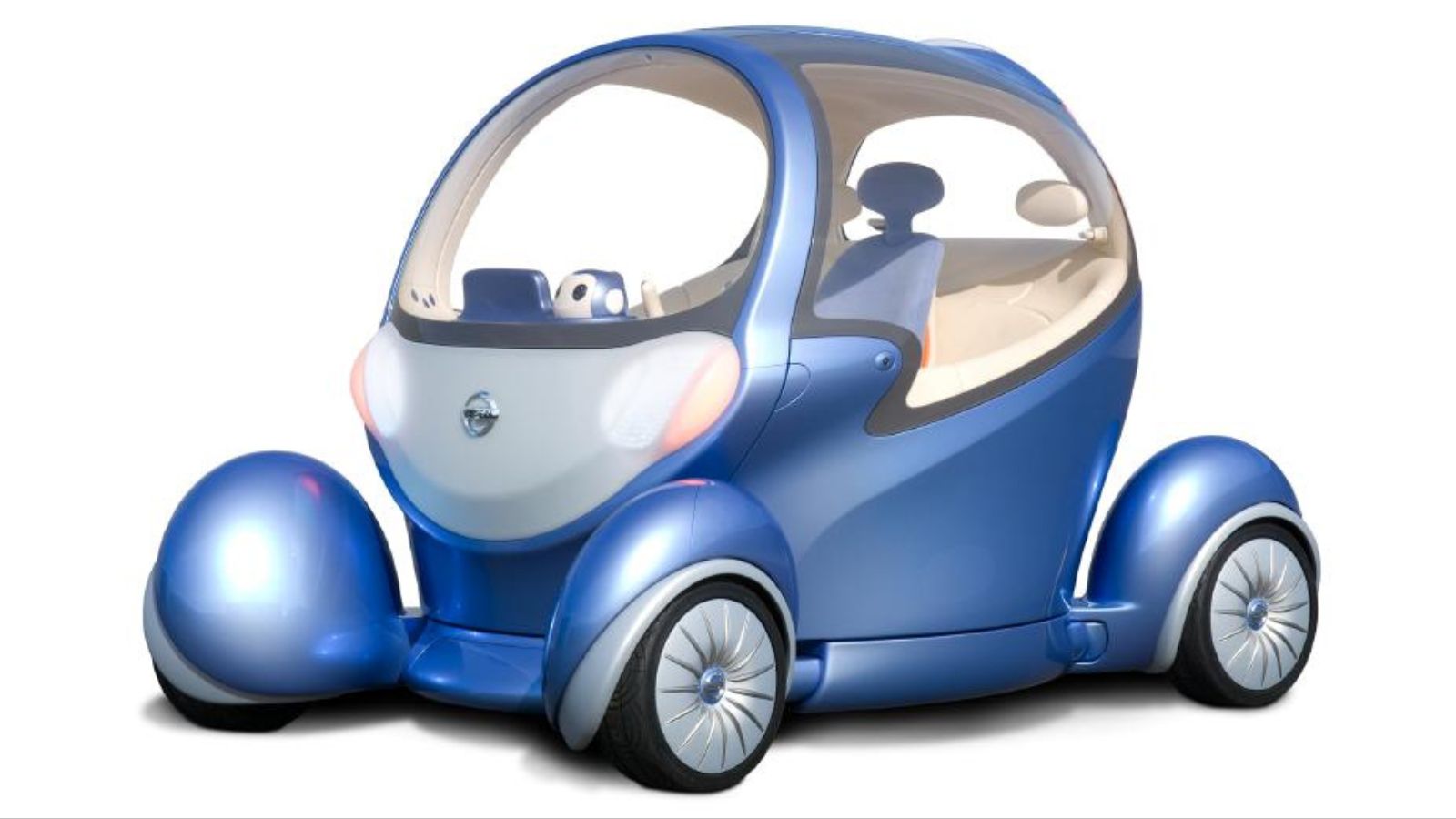
Ever look at a car and think, “I wish it could rotate 360 degrees”? No? Nissan did, and that’s how the Pivo 2 was born. This small electric city car featured a cabin that could rotate independently of its wheels, allowing the car to drive in any direction without reversing. Add a robot companion that provides driving advice, and you will have a car ahead of its time in more ways than one. Sadly, the Pivo 2 remained just a cute concept, although its wacky ideas probably paved the way for the more practical self-parking cars we see today.
Mazda Furai (2008)
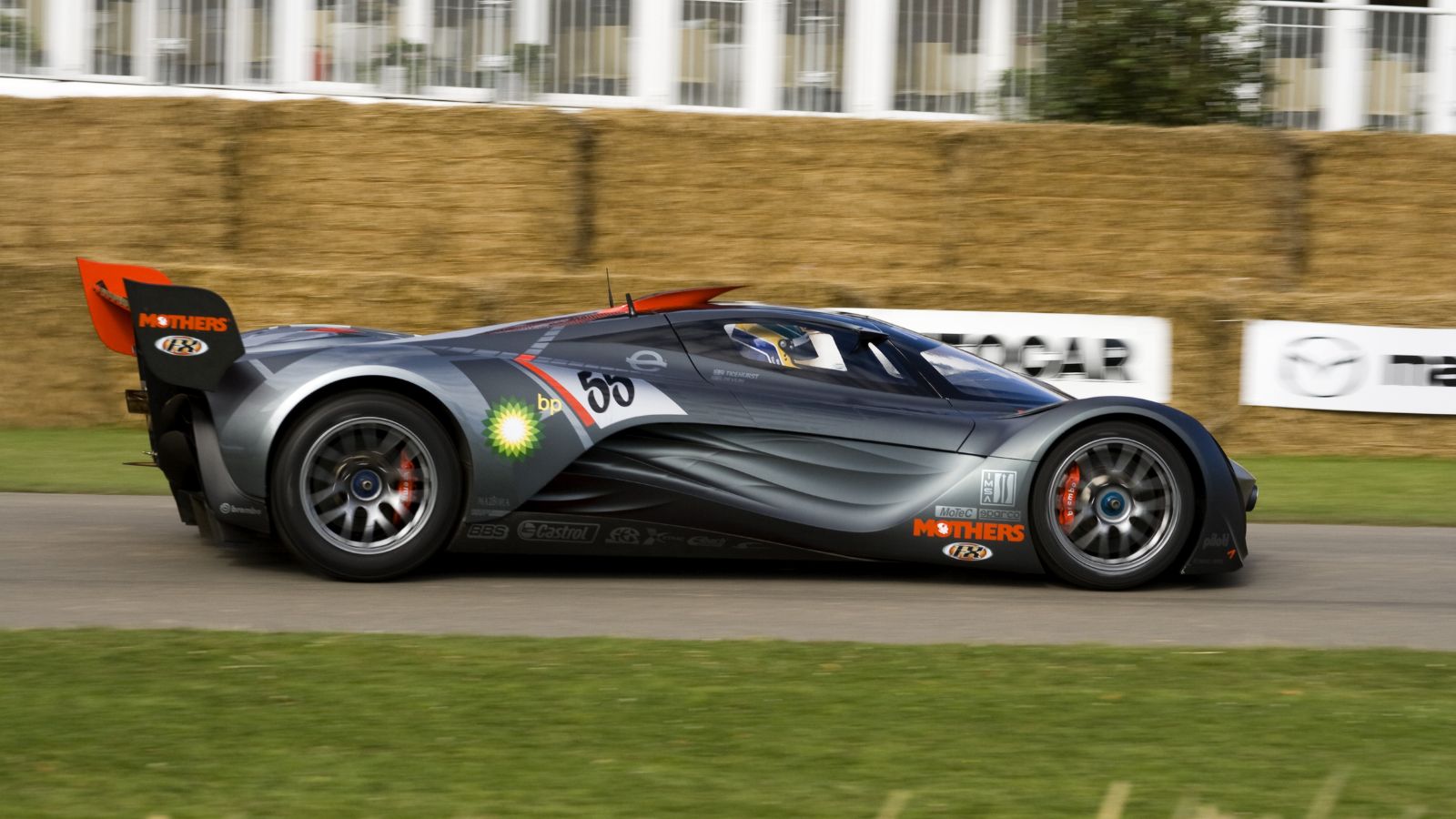
The Mazda Furai was more of a race car disguised as a concept. With a screaming 450-horsepower rotary engine and aerodynamic curves, this car looked and sounded like it belonged on a track. And it did—at least until it tragically caught fire during a test drive in 2008. Yep, the Furai went up in flames, ending what could’ve been one of the most fantastic concept cars ever to hit the track. The Furai is now just a memory, immortalized in video games and the hearts of racing fans everywhere.
Peugeot Onyx (2012)
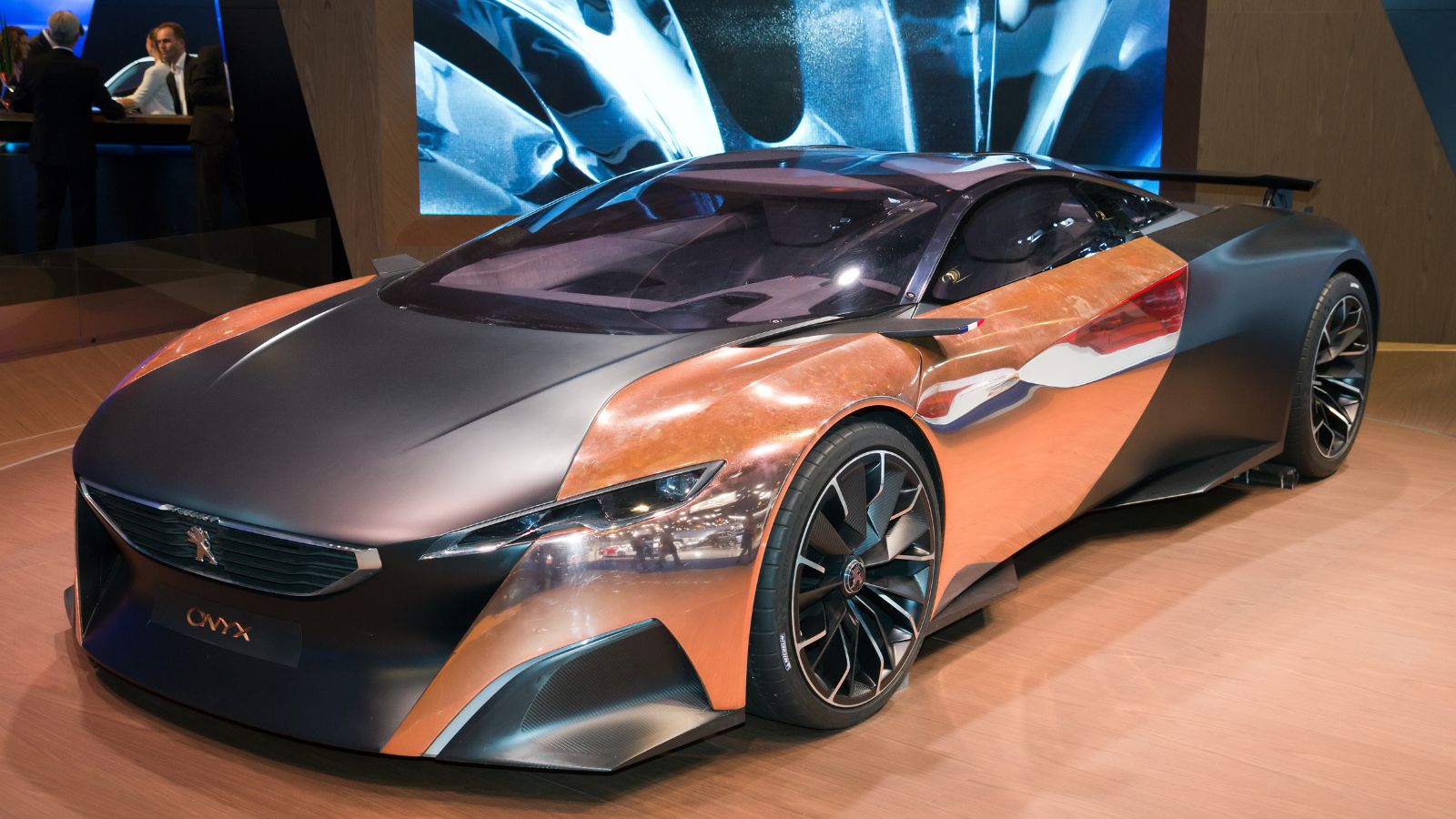
Peugeot isn’t usually known for making jaw-dropping supercars, but the Onyx was a wild exception. With a body made from copper and carbon fiber, the Onyx was as much a piece of art as a vehicle. Powered by a hybrid V8 engine, it packed a respectable punch, too. While it never went into production (Peugeot was probably a little nervous about selling a car with copper body panels), the Onyx remains a fan favorite at auto shows, dazzling attendees with its futuristic design.
Honda FCX Clarity (2008)
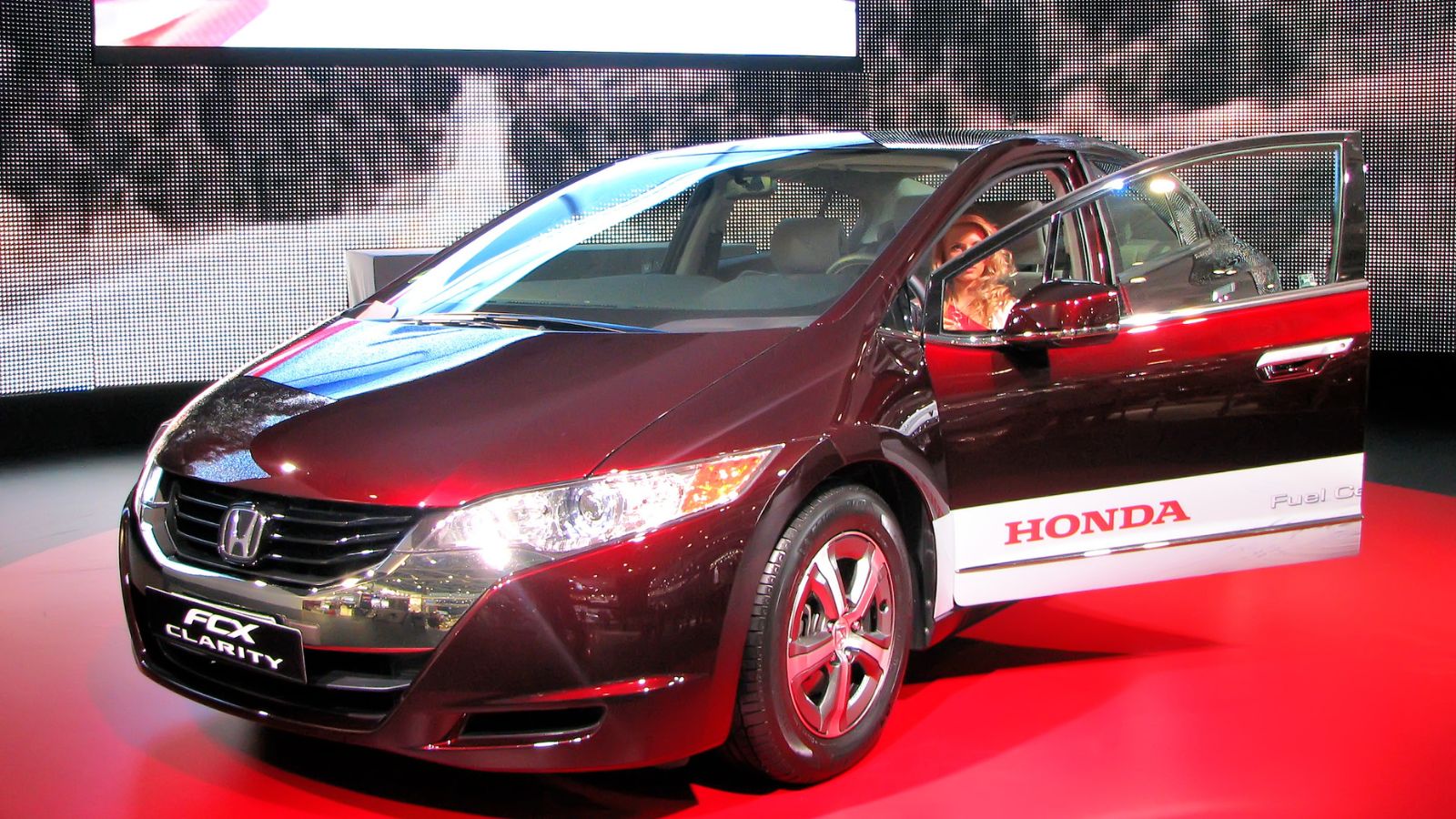
In the late 2000s, Honda thought hydrogen fuel cells were the future of clean energy. The FCX Clarity was their hydrogen-powered concept car, offering zero emissions and decent performance. It even saw limited production in Japan and California. However, hydrogen infrastructure never took off, and the FCX Clarity became more of a science project than a production model. Despite its early demise, the Clarity paved the way for Honda’s future electric and hybrid vehicles. The few FCX Clarities made are likely either in private collections or being quietly dismantled for parts.
14 Supercars Under $100K That Deliver Breathtaking Speed and Style
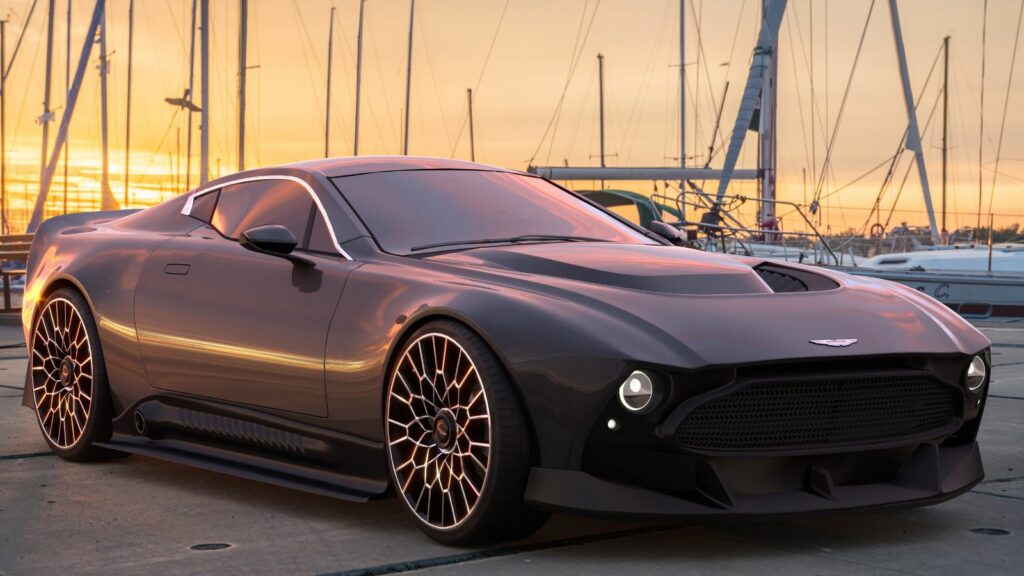
When you think of supercars, names like Ferrari, Lamborghini, and McLaren often come to mind, along with their staggering price tags. However, high-performance vehicles aren’t exclusively reserved for the super-rich. There exists a sweet spot where speed, style, and (relatively) sensible pricing converge, offering thrilling rides without completely obliterating your bank account. Hop in as we explore 14 underrated supercars under $100K.
14 Supercars Under $100K That Deliver Breathtaking Speed and Style
